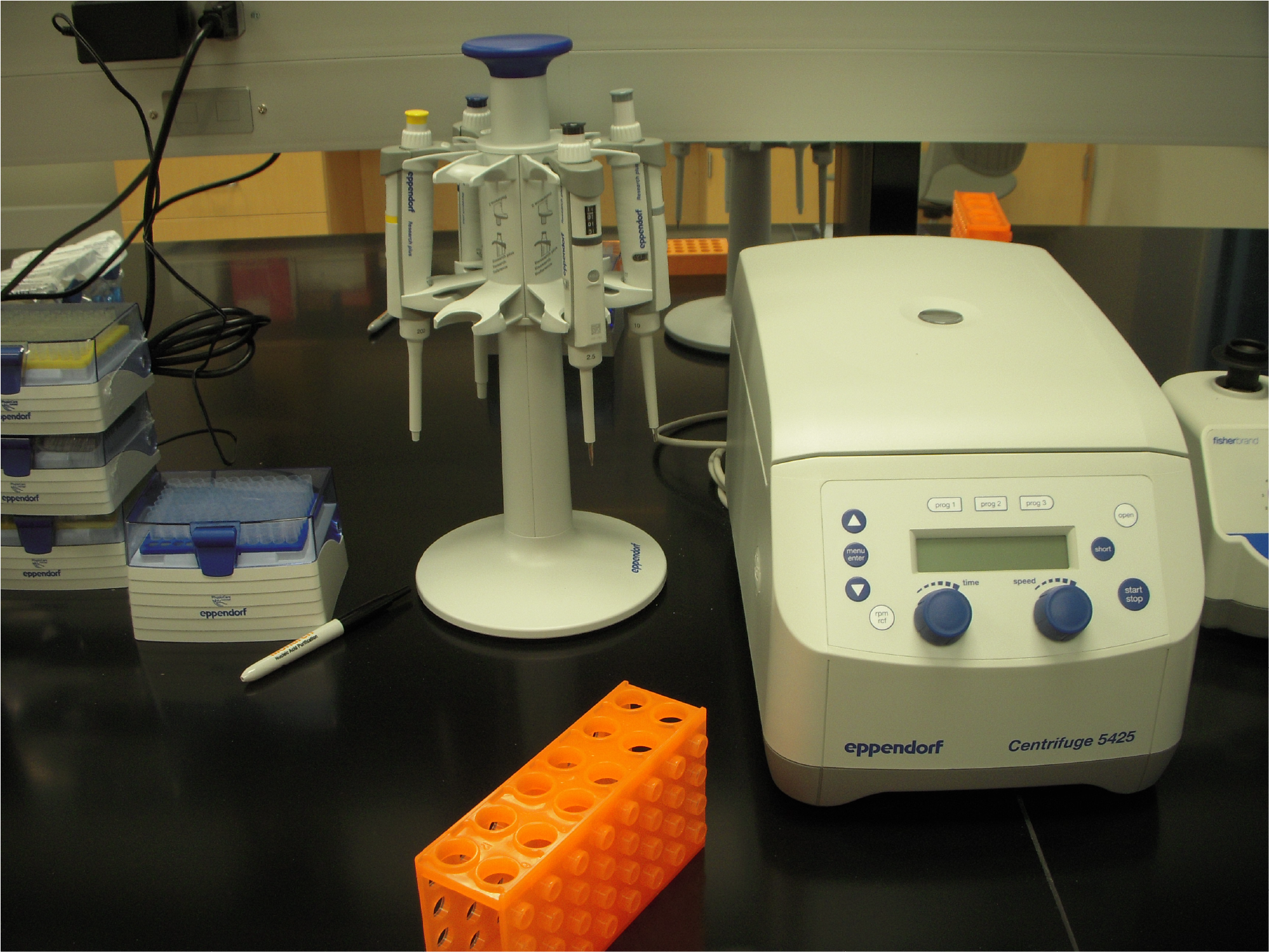Written by Baxton Munn
1/8/22 – miRNAs, aka micro RNAs, exist to silence genes at the mRNA level, eliciting their degradation through binding of their 3’-UTRs or repressing their translation. Previously, it has been reported that miRNAs play an important role in the brain, specifically the hippocampus, where deletion of Dicer, a protein key to the biogenesis of miRNAs, produced improved performance on cognitive tests in test subjects before leading to cell death. Similar studies led to the conclusion that miRNAs control learning and memory, in addition to neurodegeneration. Underscoring such findings, we recently discussed a paper by Malmevik et al. that sought to characterize not the neural miRNAs, but their mRNA targets and the gene networks regulated by such.
By creating an Ago2 construct containing a neural specific promoter and GFP tag, researchers were able to selectively create a GFP-Ago2 protein only in mouse neural cells that could also be the target of RNA immunoprecipitation (RIP). Enrichment of neural specific miRNAs by qPCR confirmed the specificity of this construct, and sequencing of bound miRNAs found some well known transcripts to be incorporated by Ago2, including Snca and Itgb1. The relative enrichment of bound transcripts was analyzed, with 2177 gene targets confirmed by bioinformatic analysis. Of these enriched genes, three (ex. miR-124, miR-125, and let-7) displayed a high degree of binding to Ago2 and conserved binding sites, thus confirming the efficacy of their RIP-seq and construct.
Specifically focusing on miR-124 (which is highly expressed in hippocampal cells), researchers created a new construct, one with what’s called a miR-sponge, theoretically capable of “absorbing” miRNAs and inhibiting their functions. All within the same construct, they performed RIP on GFP-Ago2 and confirmed the specificity of their sponge construct in neural cells and specificity for miR-124 via qPCR. Taking it a step further, they sequenced the sponge RIP samples and analyzed the bound mRNA targets. What they found was a substantial drop in the number of bound transcripts, about 497 less, and that reduced enrichment in Ago2 binding likely accounted for such a drop off in bound transcripts and an increase in mRNA expression level. Among the top gene networks controlled by 300 of the lost 497 transcripts – nerve development, metabolism, and transcription. Finally, to confirm their construct could more broadly be applied to other mRNA networks, researchers inhibited miR-125 (expressed in glial and neural cells) with the same sponge construct, finding it too lost bound transcripts, about 384 out of 2177. Altogether, Malmevik et al. provided key insight into the mouse hippocampal miRNA targetome with an innovative approach that has broad applications for the characterization of miRNA functions and targets.
